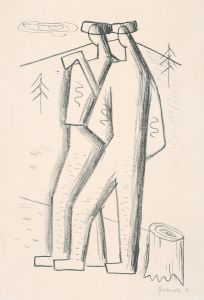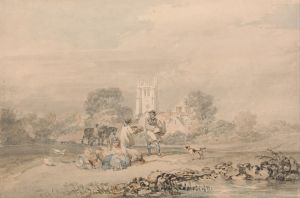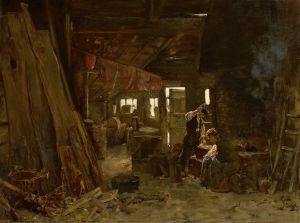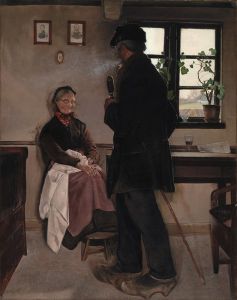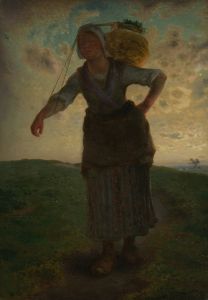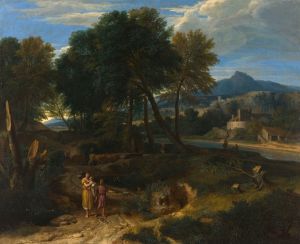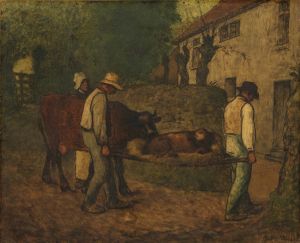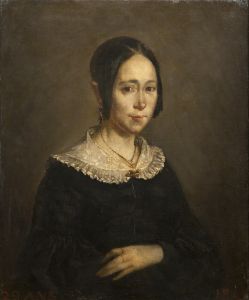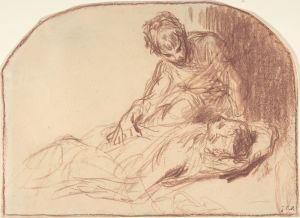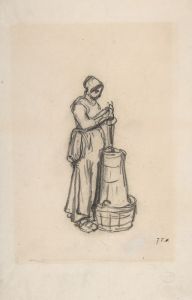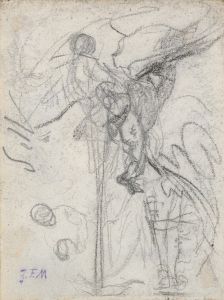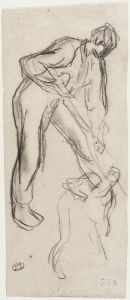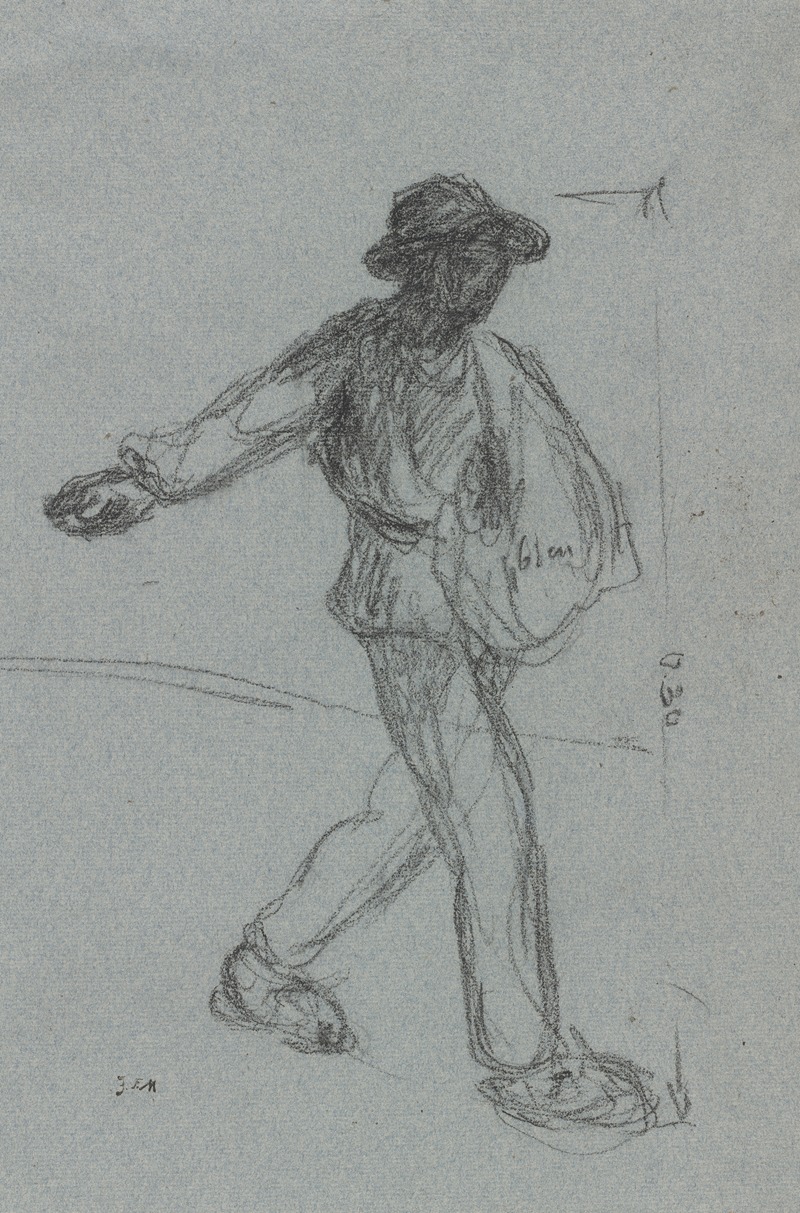
The Sower
A hand-painted replica of Jean-François Millet’s masterpiece The Sower, meticulously crafted by professional artists to capture the true essence of the original. Each piece is created with museum-quality canvas and rare mineral pigments, carefully painted by experienced artists with delicate brushstrokes and rich, layered colors to perfectly recreate the texture of the original artwork. Unlike machine-printed reproductions, this hand-painted version brings the painting to life, infused with the artist’s emotions and skill in every stroke. Whether for personal collection or home decoration, it instantly elevates the artistic atmosphere of any space.
"The Sower" is an iconic painting by the French artist Jean-François Millet, completed in 1850. Millet was a prominent figure in the Barbizon School, a movement that focused on realism and the depiction of rural life. This painting is one of Millet's most celebrated works and exemplifies his dedication to portraying the dignity and labor of the peasant class.
"The Sower" depicts a lone peasant sowing seeds in a field, set against a backdrop of a setting sun. The figure is shown in mid-stride, with one arm extended forward, casting seeds onto the ground. The composition is dynamic, capturing the motion and rhythm of the sower's task. The painting's earthy tones and dramatic lighting emphasize the connection between the figure and the land, highlighting the toil and perseverance required in agricultural labor.
Millet's choice of subject matter was significant during the mid-19th century, a time when industrialization was transforming the landscape of France and the lives of its people. By focusing on the rural peasant, Millet brought attention to the often-overlooked laborers who formed the backbone of society. His work was both a celebration of their hard work and a commentary on the social changes of the time.
The painting was first exhibited at the Salon of 1850-1851, where it received mixed reviews. Some critics praised Millet's ability to capture the essence of rural life, while others criticized the work for its perceived lack of refinement and idealization. Despite the initial controversy, "The Sower" has since been recognized as a masterpiece of realism and a pivotal work in Millet's career.
Millet's approach to painting was deeply influenced by his own background. Born in 1814 in the village of Gruchy, Normandy, Millet was the son of a farmer and grew up working the land. This personal connection to rural life informed his artistic vision and fueled his desire to depict the realities of peasant labor with honesty and empathy.
"The Sower" is often associated with Millet's broader body of work, which includes other notable paintings such as "The Gleaners" and "The Angelus." These works collectively highlight Millet's commitment to portraying the rural poor with dignity and respect, challenging the romanticized depictions of rural life that were common in art at the time.
Today, "The Sower" is housed in the Museum of Fine Arts in Boston, where it continues to be admired for its powerful imagery and social commentary. The painting remains a testament to Millet's skill as an artist and his deep understanding of the human condition, particularly the struggles and triumphs of those who work the land. Through "The Sower," Millet has left an enduring legacy that continues to resonate with audiences, offering a poignant reflection on the relationship between humanity and nature.





